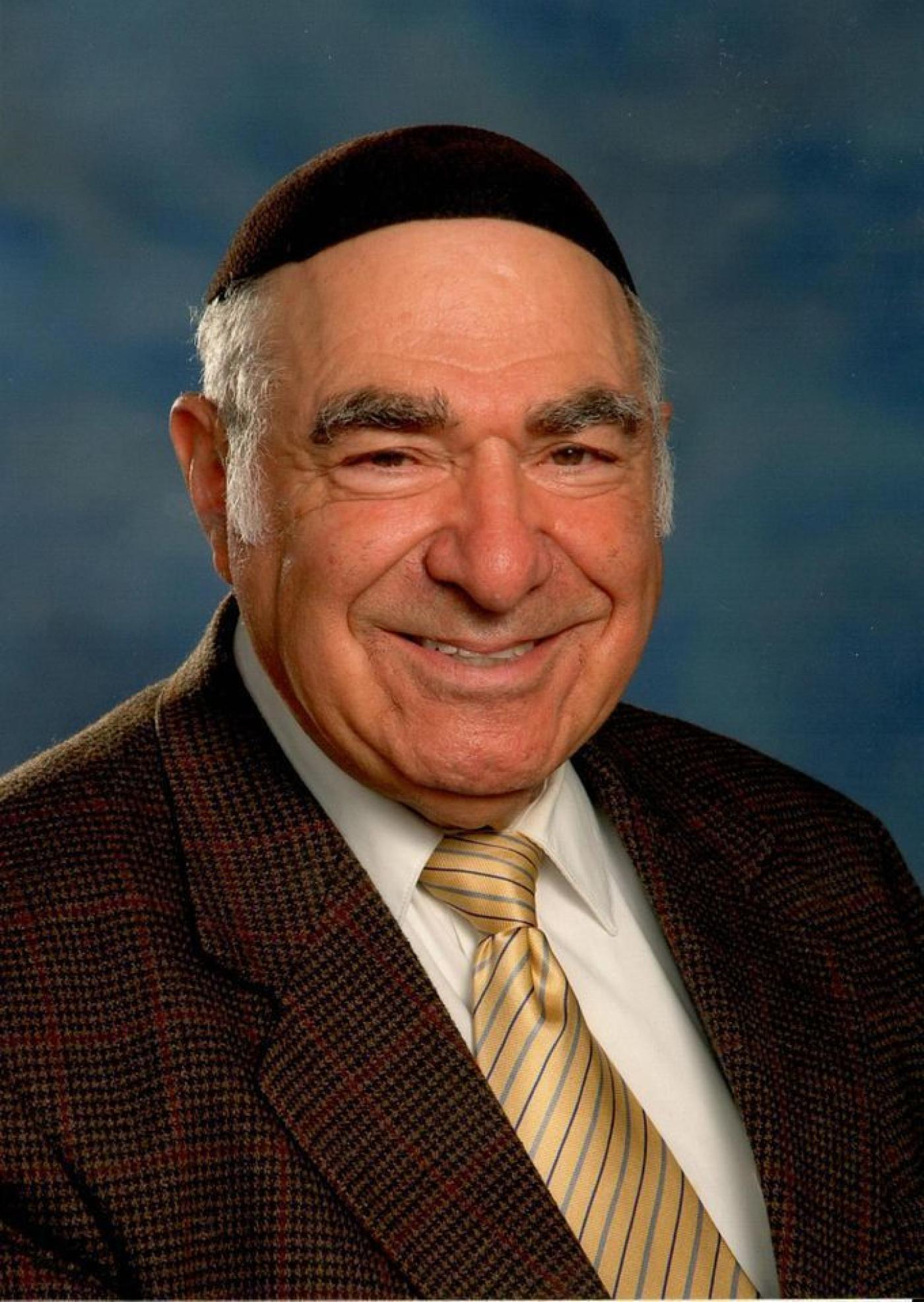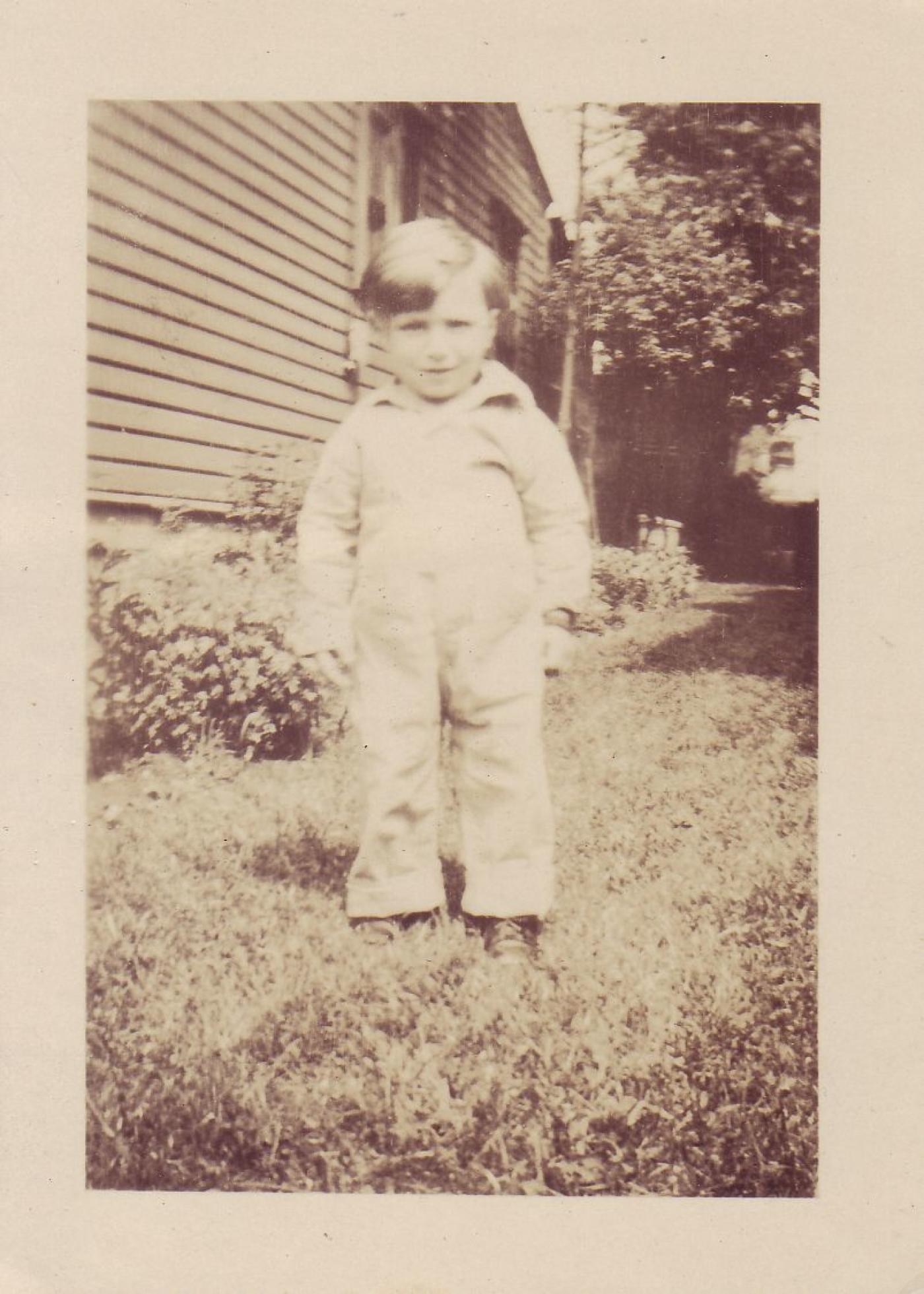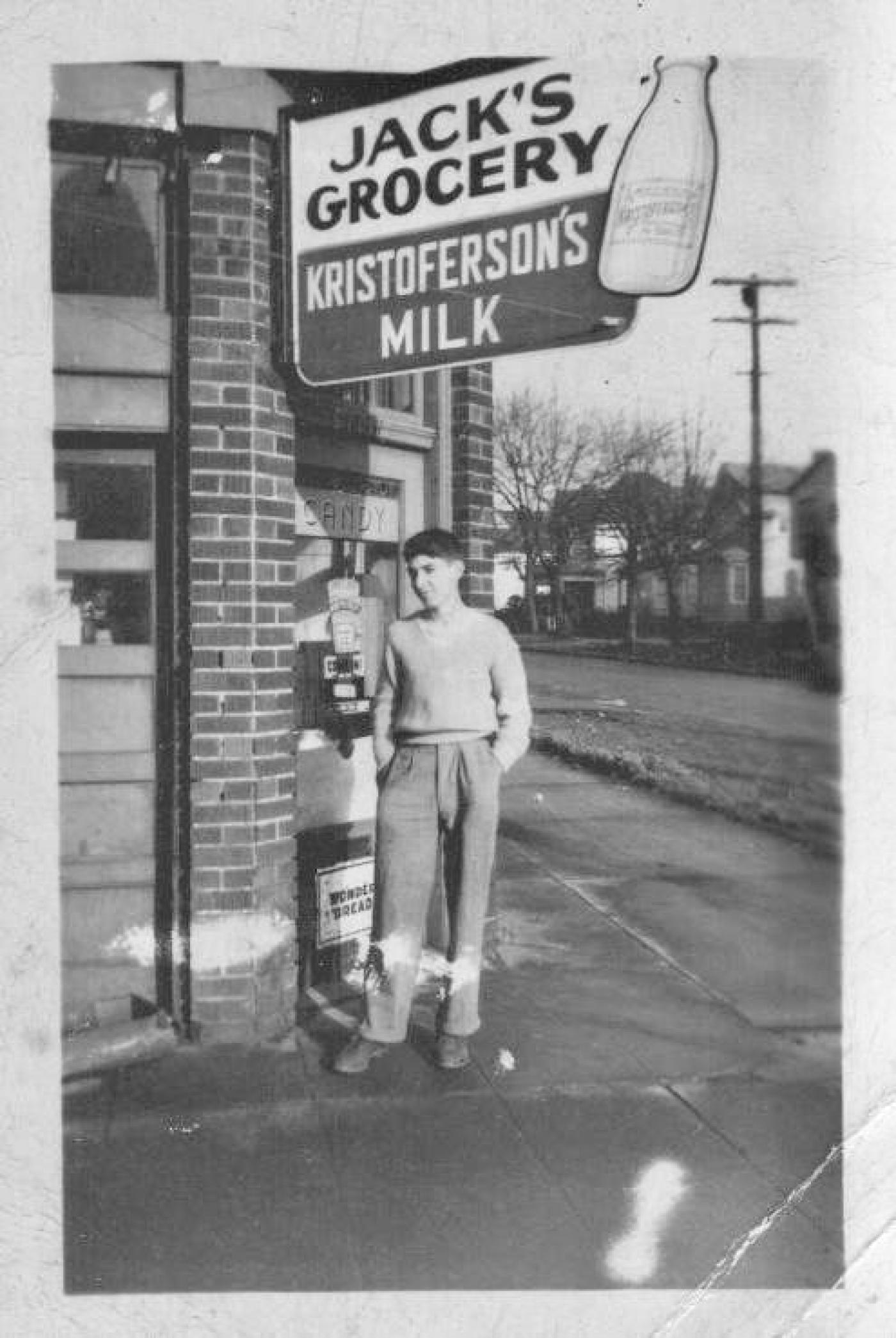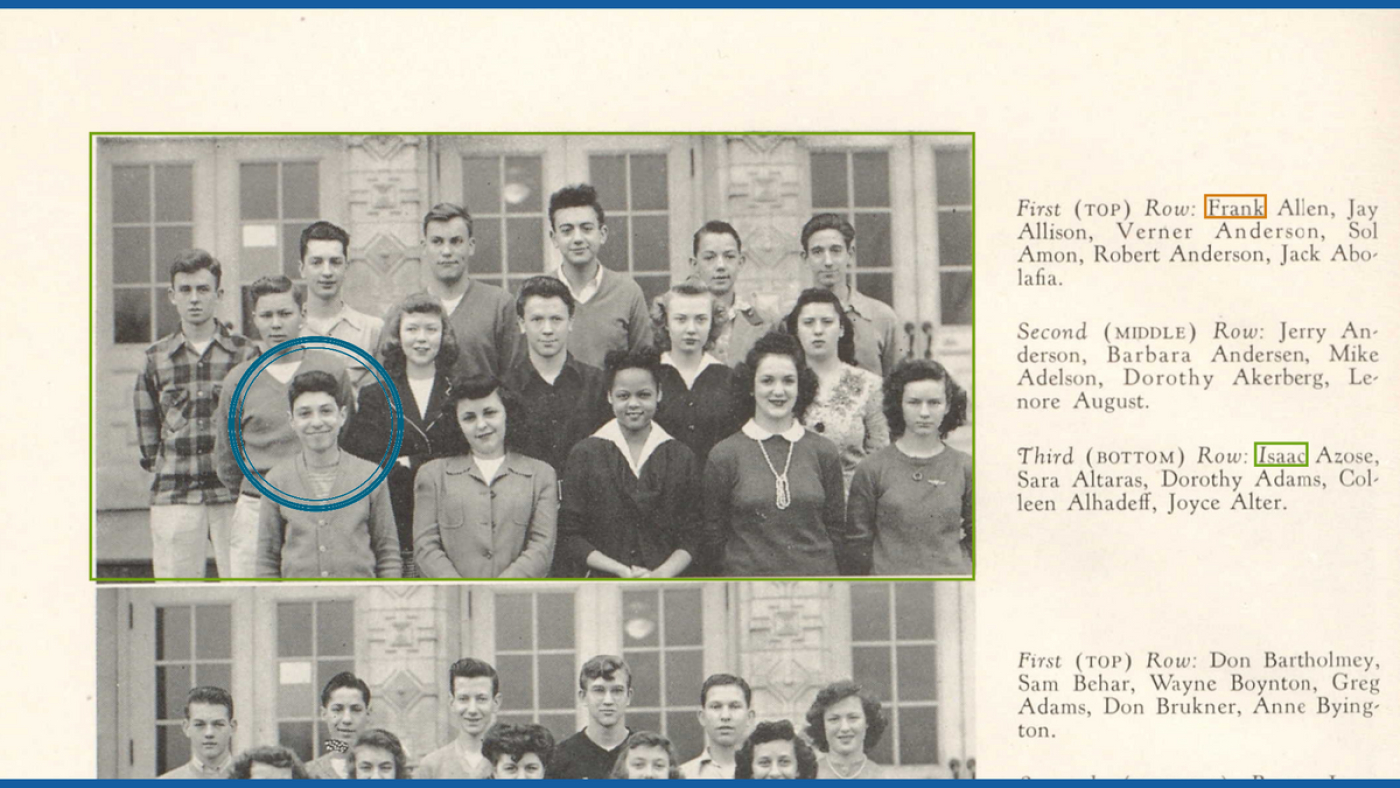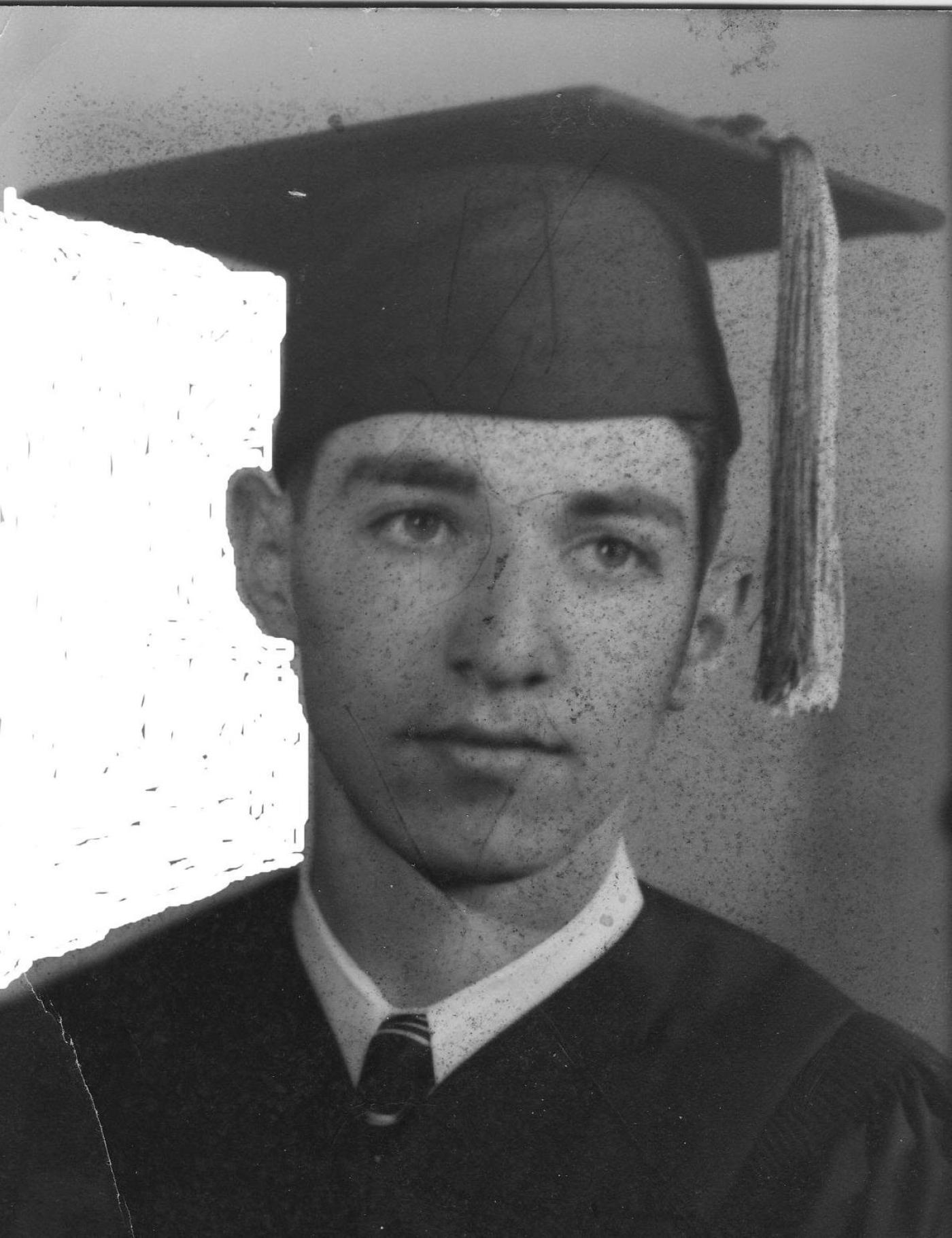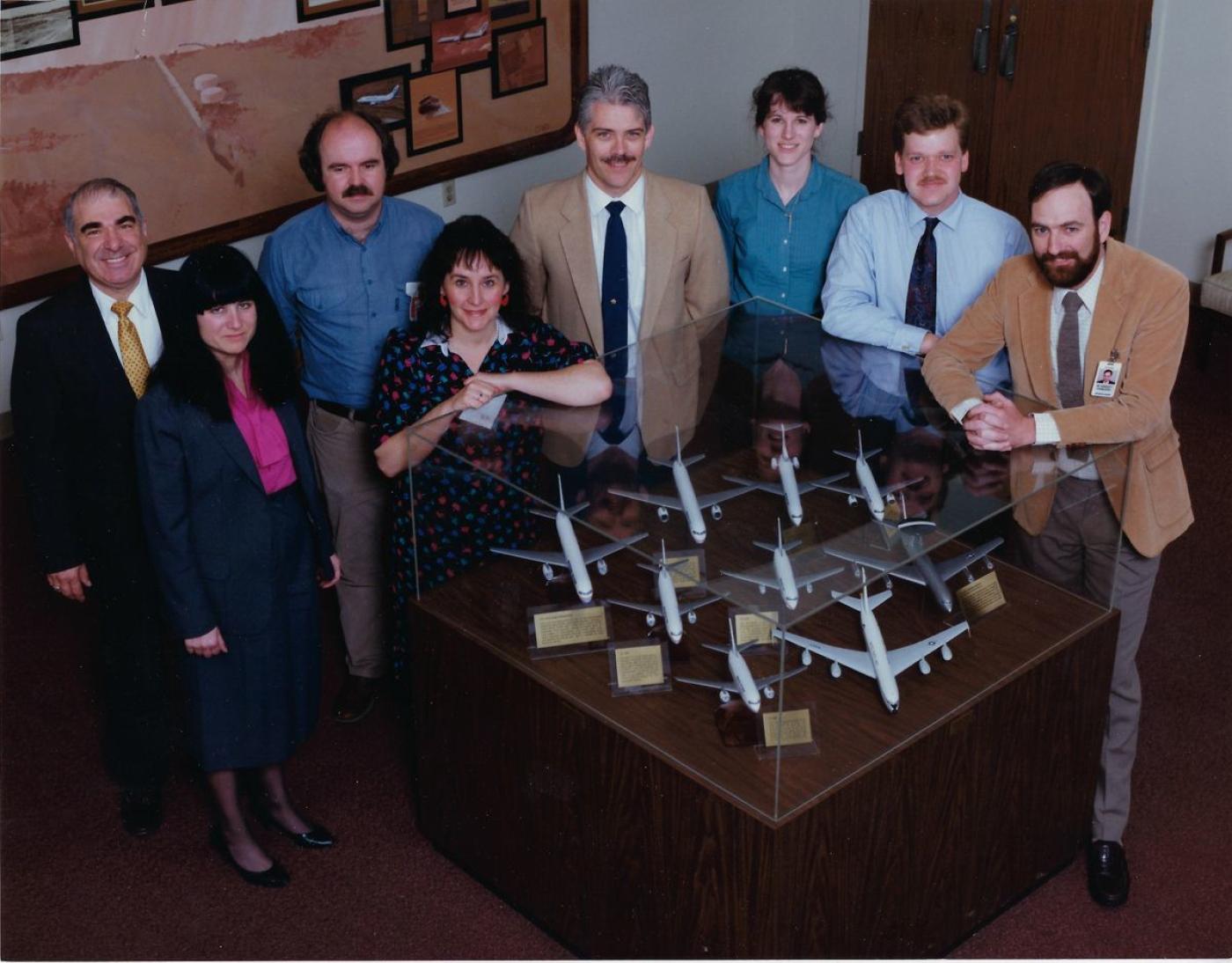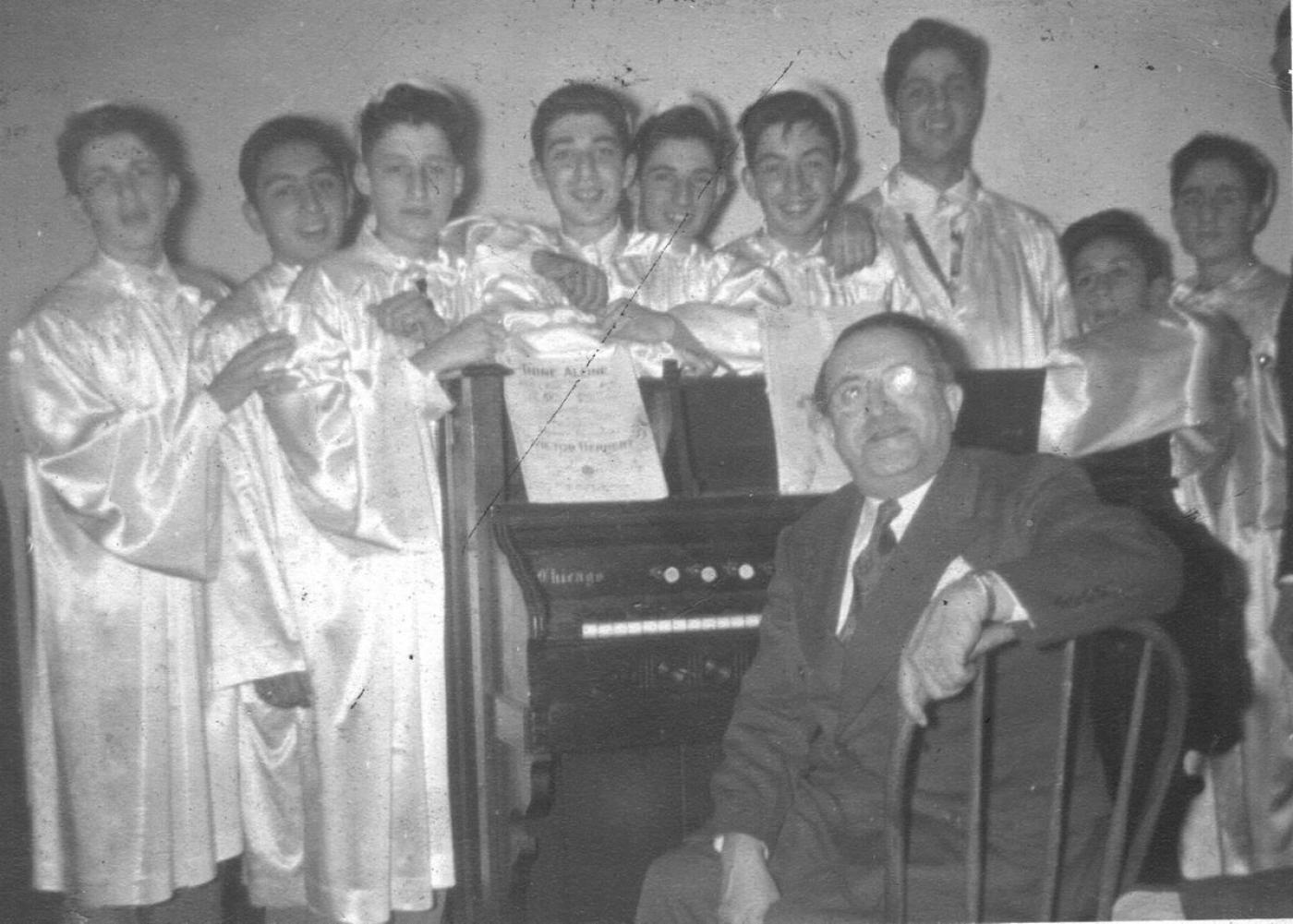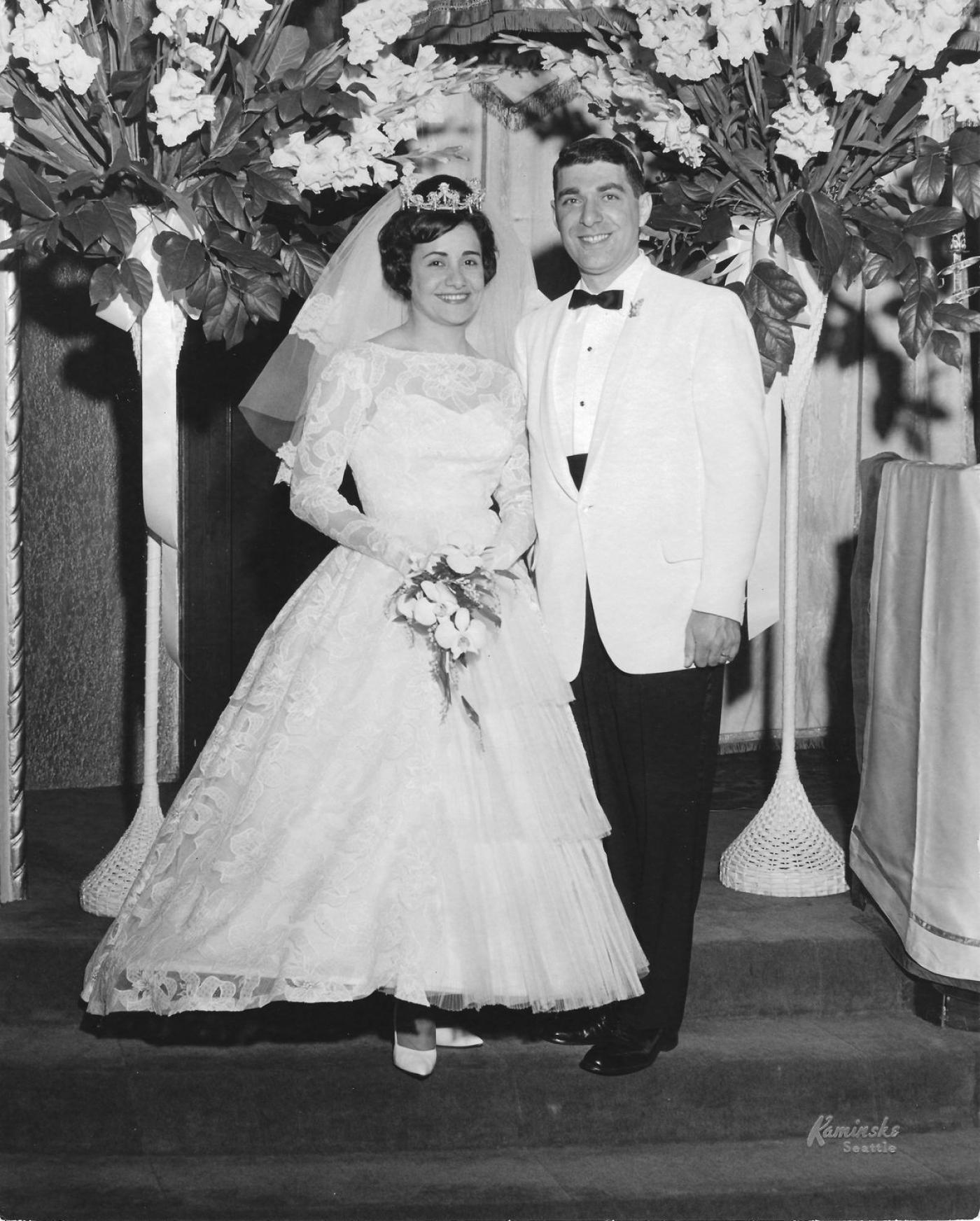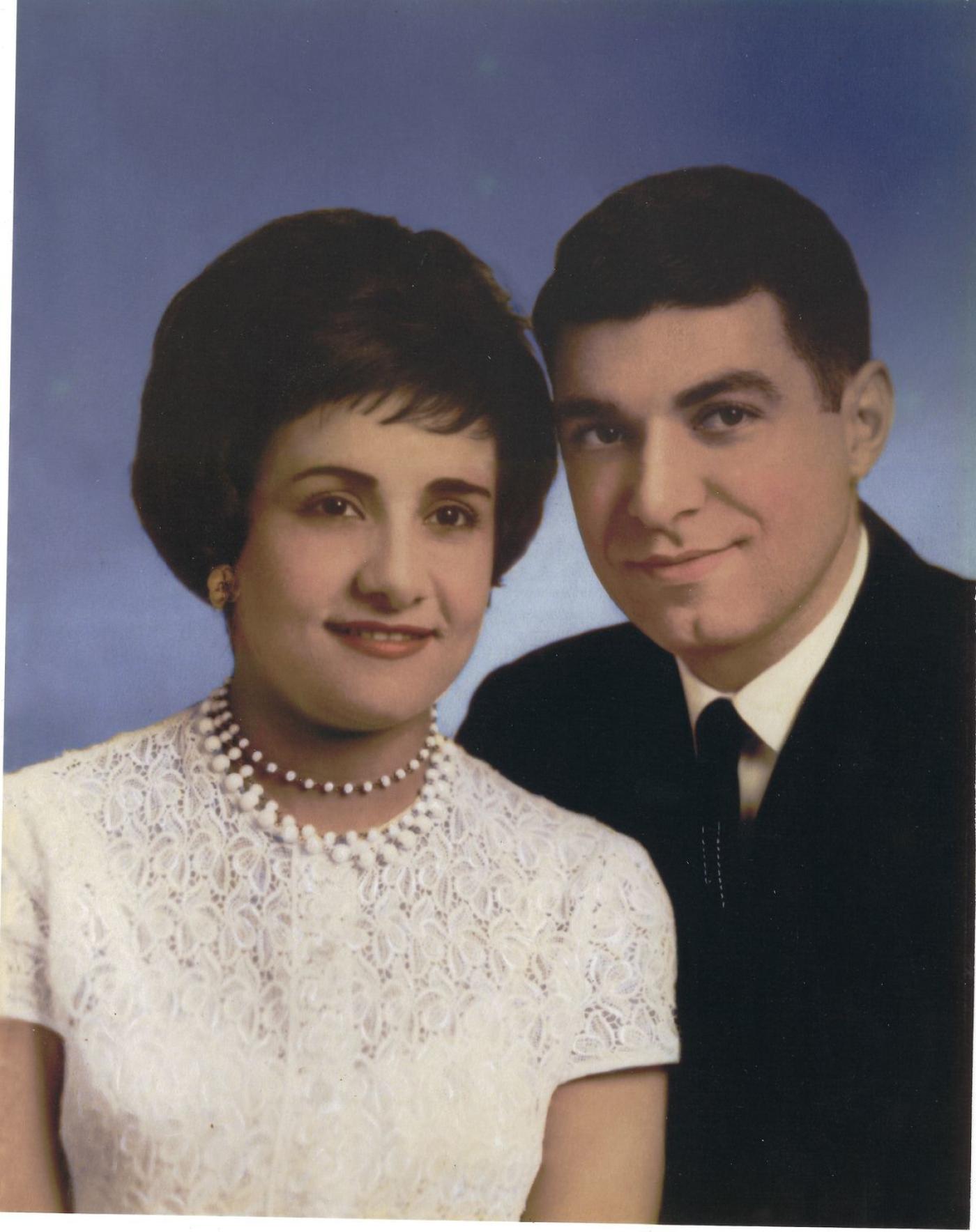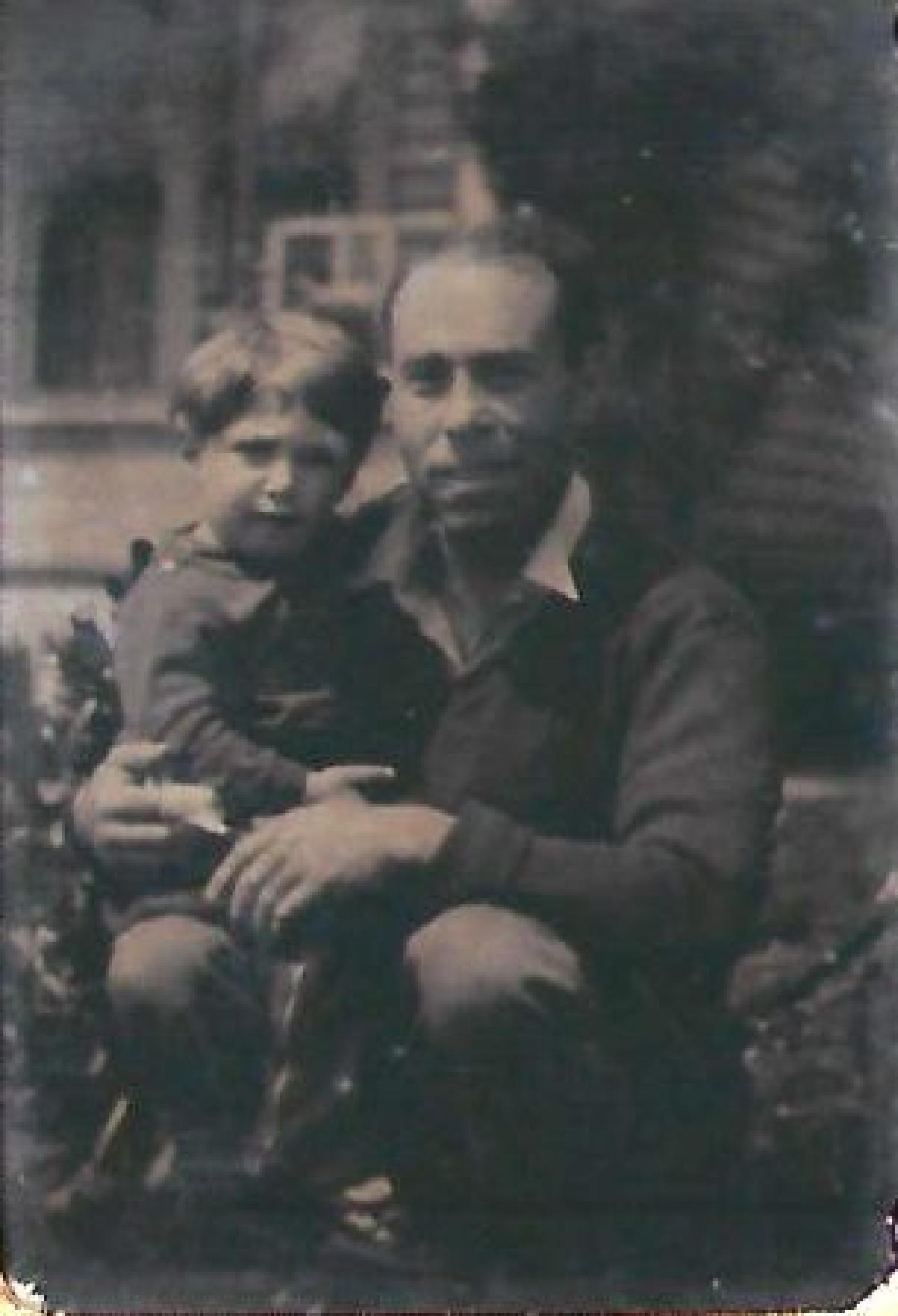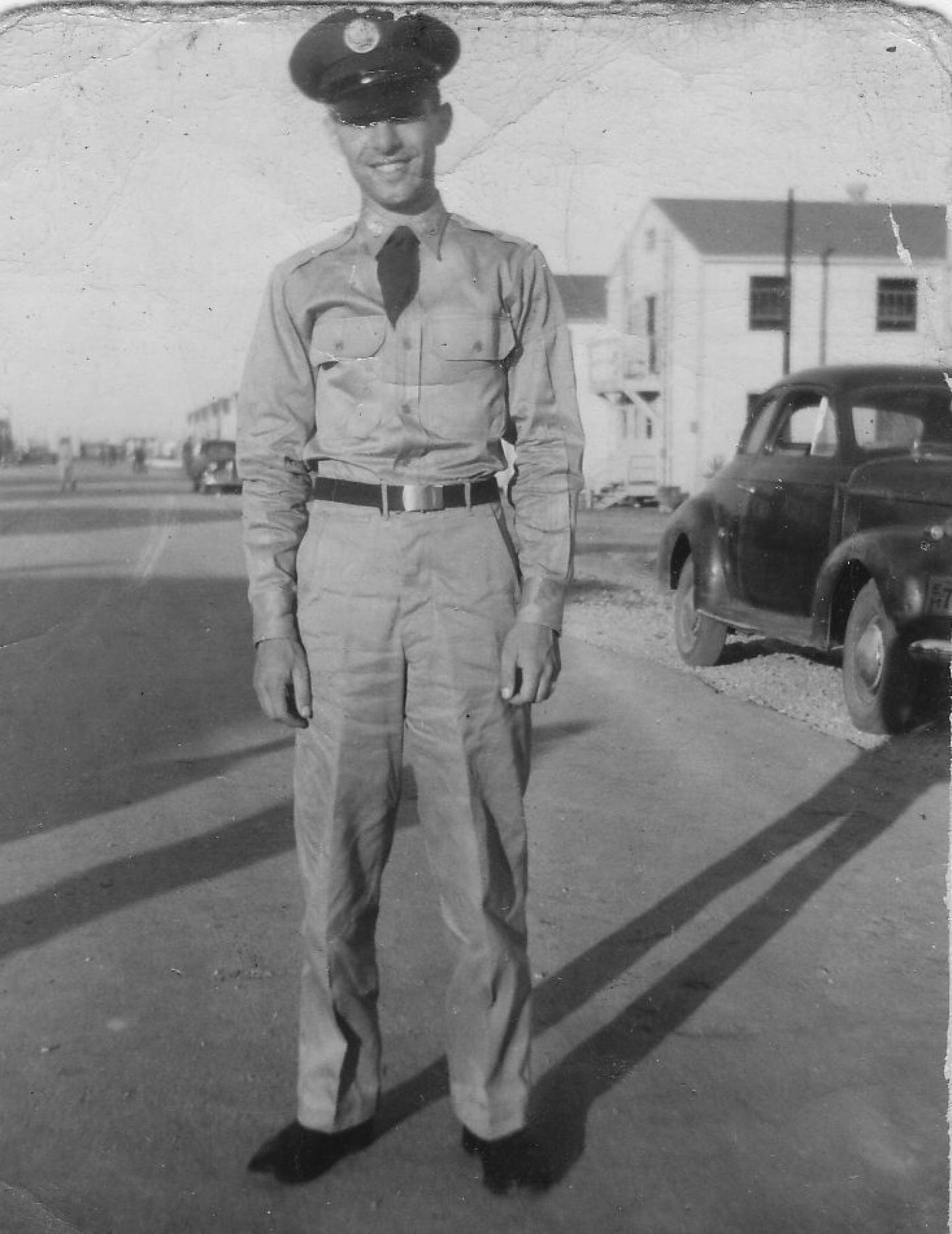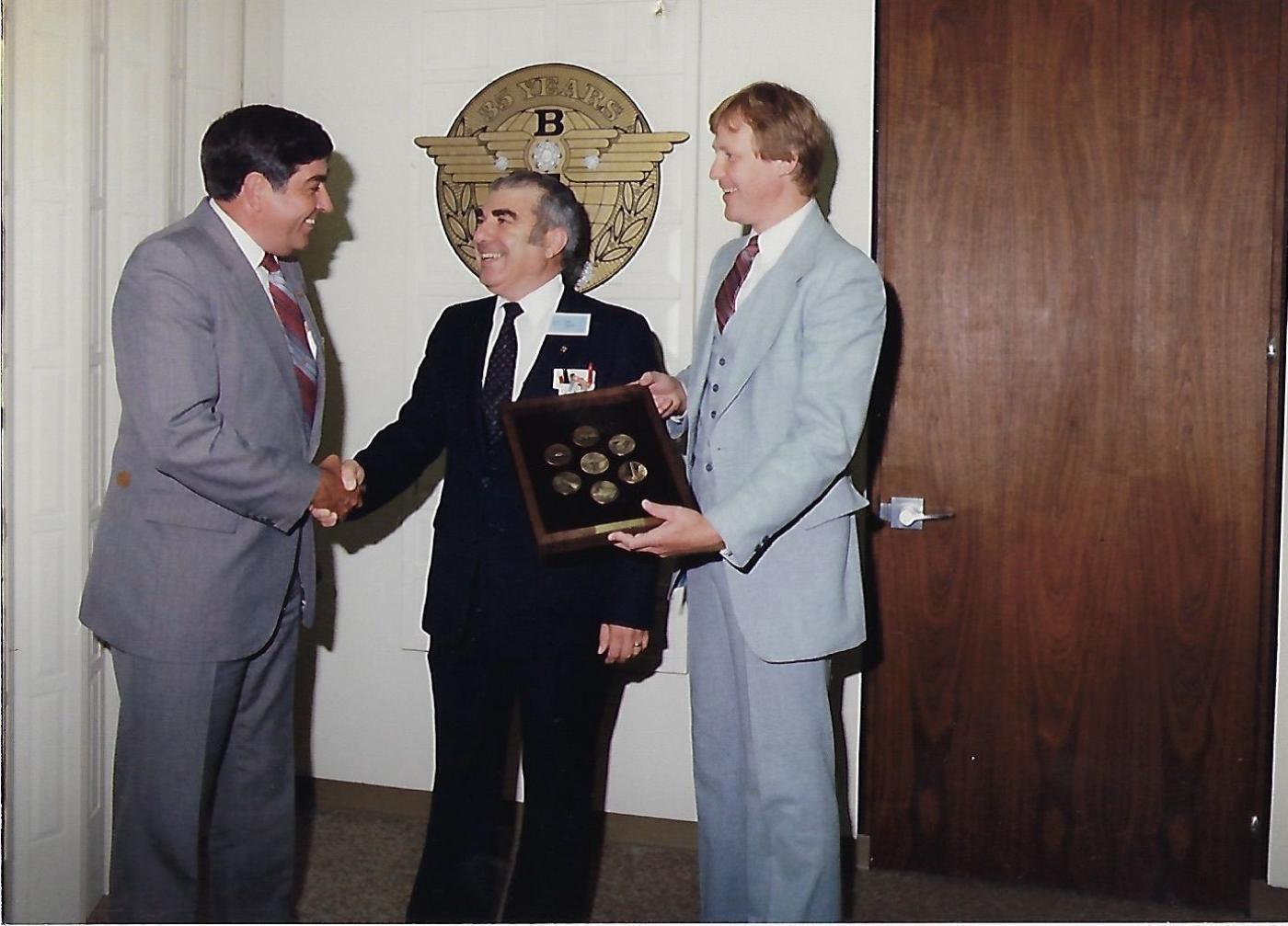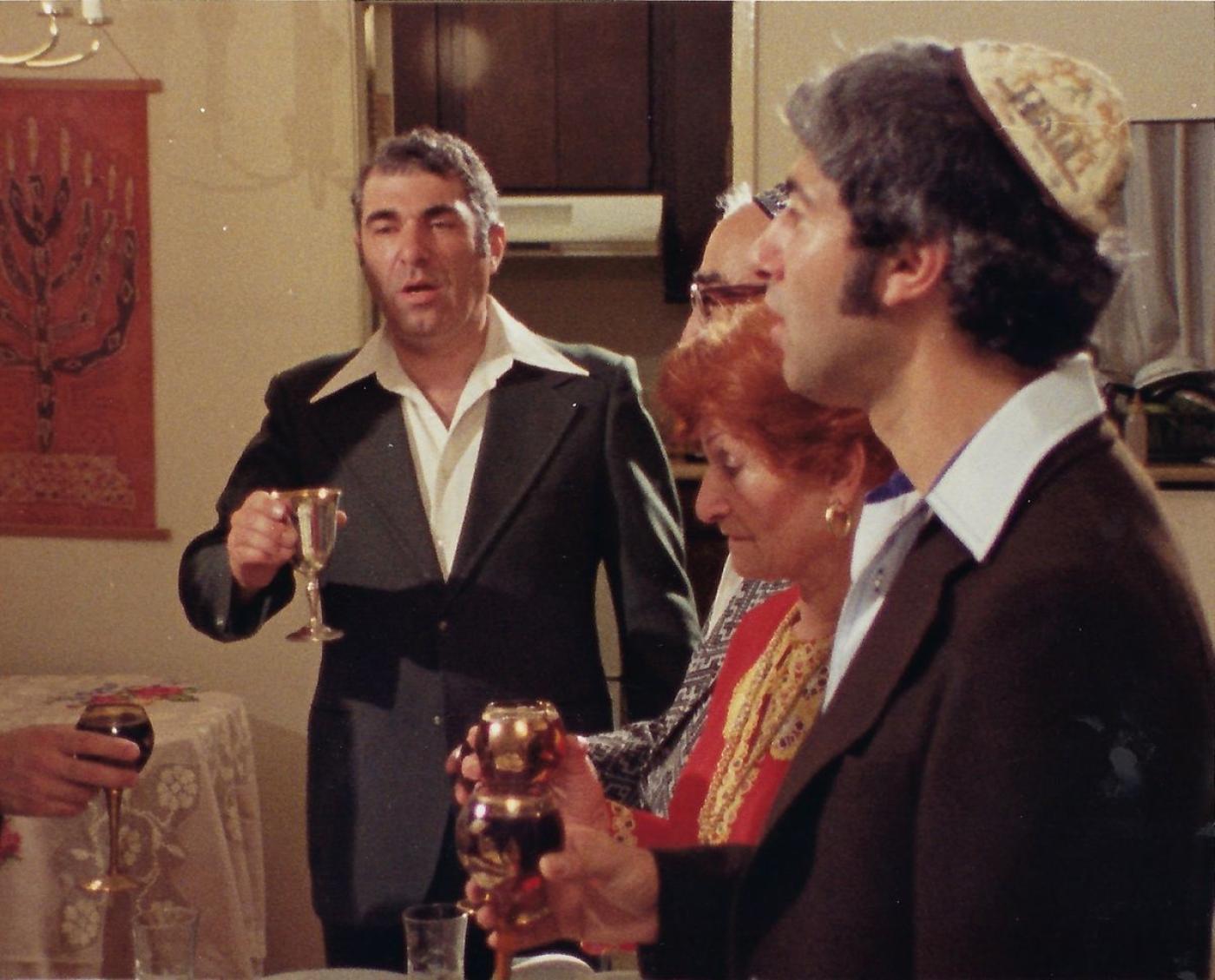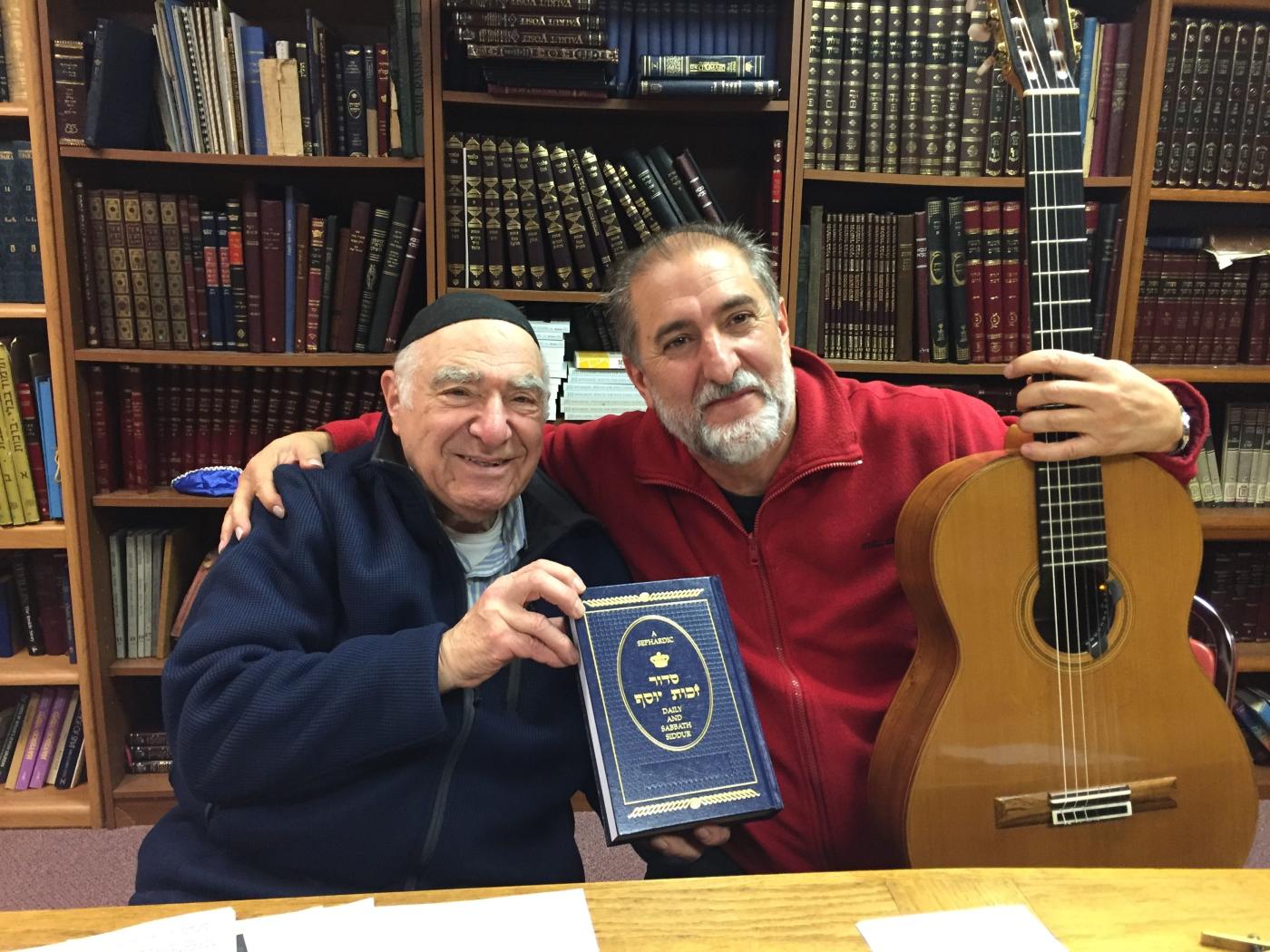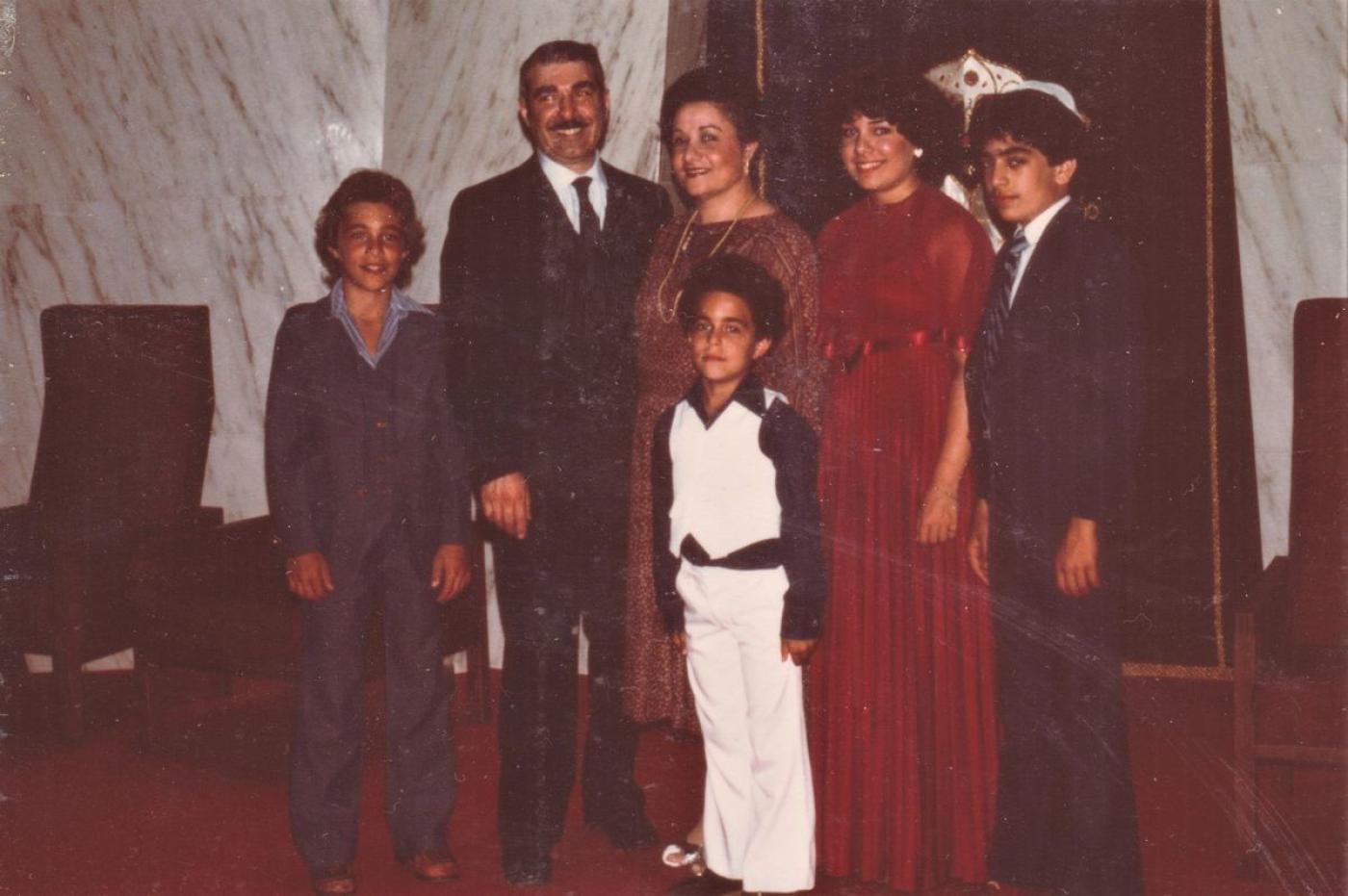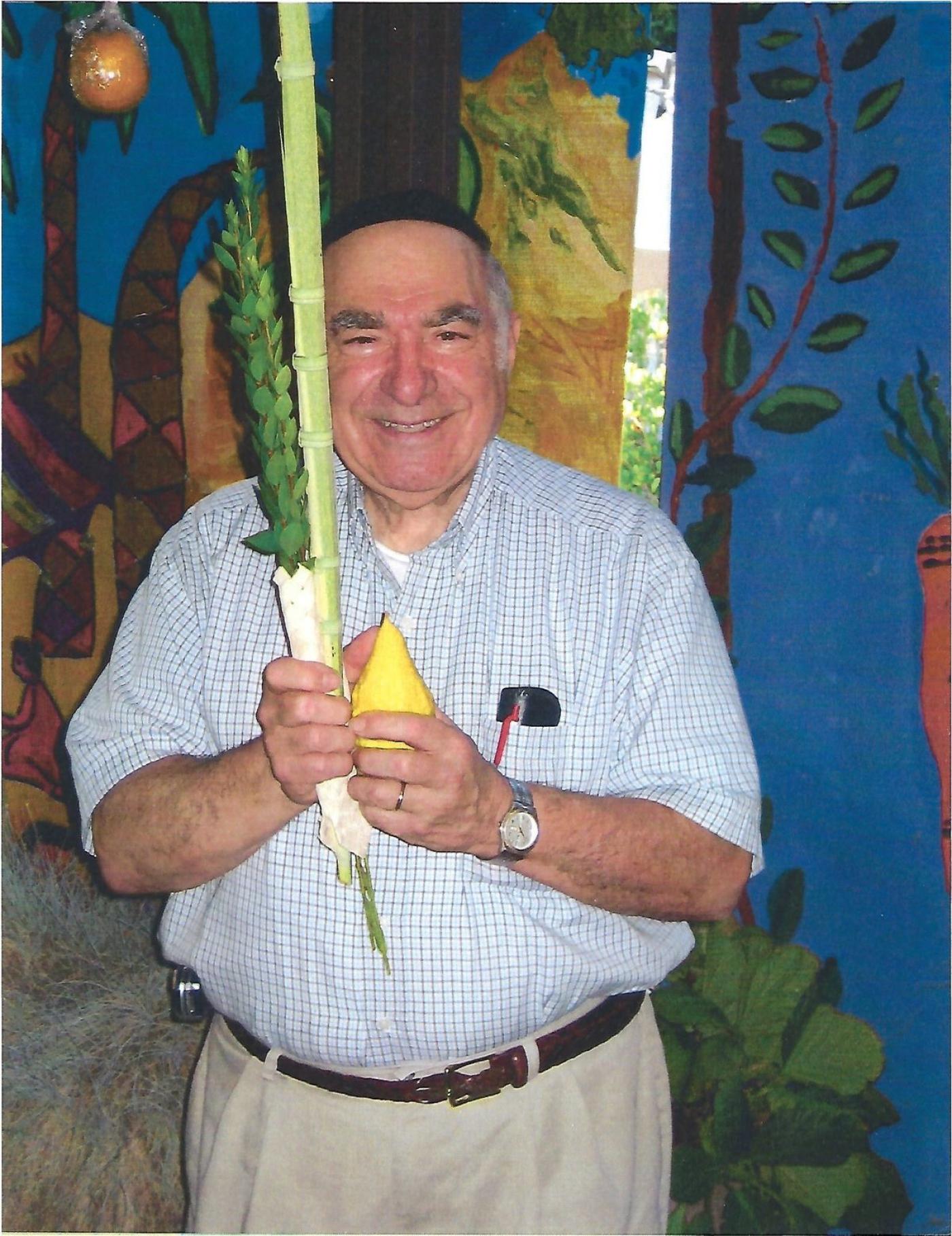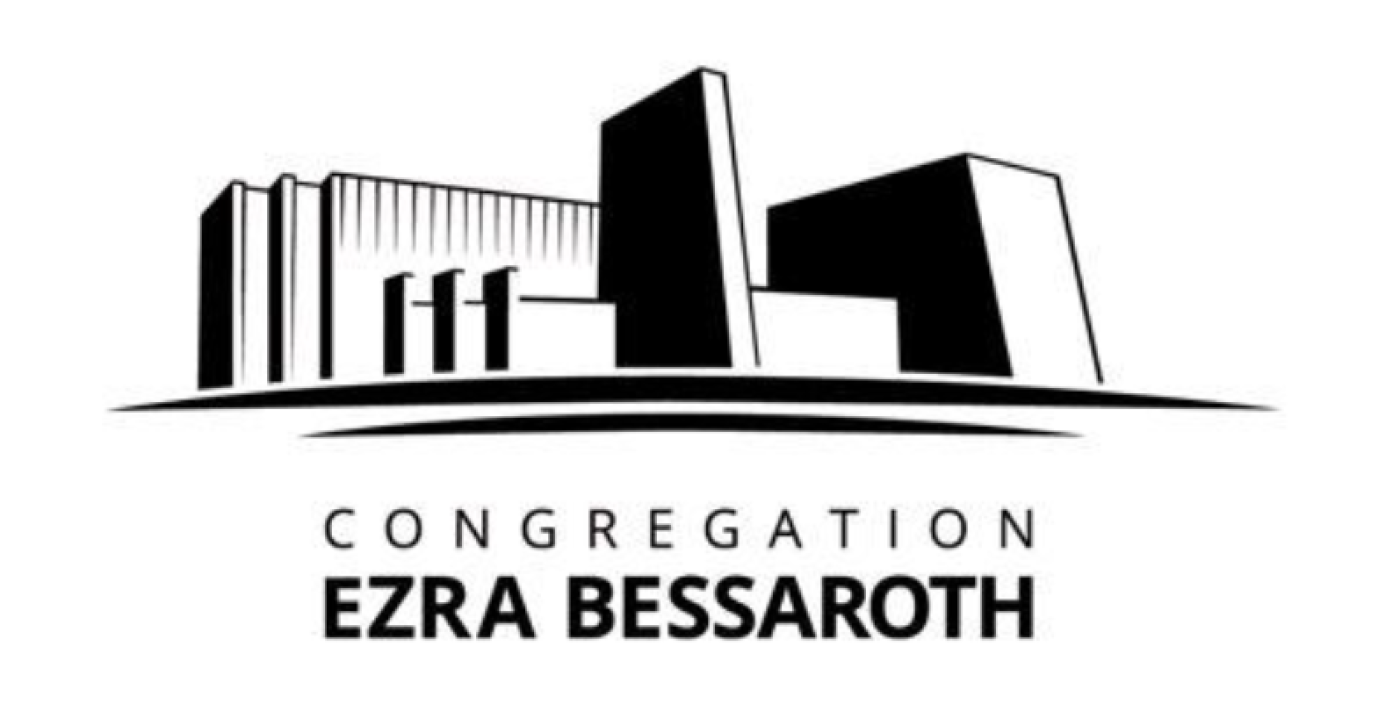Hazzan Isaac "Ike" Azose
Born into a Turkish Sephardic Family in Seattle, Hazzan Isaac “Ike” Azose absorbed and retained his cultural traditions. Seattle’s unique environment with a large population percentage of Sephardic Jews further cultivated Ike’s education and supported his family’s teachings. Stepping up as a spiritual leader, Ike’s gifted voice has been heard at Sephardic Bikur Holim, Congregation Ezra Bessaroth, and across the world. Ike’s dedication to preserving the Ladino language and Sephardic ways of life through publishing prayer books and recording his music are profoundly inspiring. This digital exhibit is a small commemoration of his life’s work in celebration of his 90th birthday. You can listen to Ike's interview at the UW Jewish Archives. This exhibit is sponsored by Congregation Ezra Bessaroth.
Ike Azose was born in Seattle, Washington on July 14th, 1930, the son of Jack and Louise Maimon Azose at Providence Hospital. The Azose family had roots in Tekirdag, Turkey. Ike's mother's side of the family had lived in Brusa, Turkey for many years. The Maimon family was involved in silk manufacturing.
Ike’s father arrived in Seattle in February 1920, joining his brother Nissim. Ike’s mother relocated from Turkey to Vancouver, BC. While in Canada, Ike’s mother would make short trips to Seattle. In an oral history interview Ike explained further:
“On one of those visits she was in the Madrona Theater with my Aunt Susie Angel and my father had found out about it and went into the theater on the pretense that he was going to visit his sister, to find his sister in the Madrona Theater. And he met my mother there and he was instantly taken with her and he met her once or twice more on one of her visits from Vancouver to Seattle. And they started corresponding, I have some of their correspondence in Ladino. And they both fell in love, as I understand it, and he made an excuse to go to Vancouver and he arranged, or he thought he was going to arrange, to have a marriage that he could do by a justice of the peace there.”
Ike grew up in the Yesler Way-Cherry Street neighborhood in the Central District. Jewish families living on First Hill moved to the area, forming a distinctive Jewish neighborhood. It is estimated that Seattle has the third-largest Sephardic Jewish community in the United States.
In the book Family of Strangers: Building a Jewish Community in Washington State, it’s asserted that:
“The presence of a large number of Sephardim relative to the whole Jewish population lent a richness and diversity to Seattle Jewry. The Sephardim formed a critical mass that allowed them to maintain their traditions, customs, and language to an extent not seen outside of New York.” (pg. 150)
In Ike’s Words
“I think the year was early 1946, although I hadn't reached my 16th birthday in July as yet. My uncle Jack, Maimon, (my mother Louise's brother) owned the grocery, and I would go there every day after school (Garfield High School) and stay until the store closed between 8 and 8:30. I remember that I used to go on deliveries after closing the store and one of the customers to whom we would make deliveries was Isaac Benaltabe. For convenience's sake, my uncle Jack would park red Dodge panel truck on the left side of the street, because the house was on that side. On leaving, he would make a u-turn and head back toward his home or another delivery. I would watch my uncle shifting gears and, in this fashion, I learned a lot about driving. Since he would leave the keys in the ignition, after having seen my uncle do this many times, I drove the truck to the corner, made the u-turn and re-parked the truck. It jerked a few times, and my uncle didn't say a thing when he came out, but, in this fashion, I gained some driving experience, which made it much easier when I actually went to get my driver’s license.”
During his early formative years, there are two types of education Ike received simultaneously: (1) public school, and (2) his further religious education, building on his family’s foundation of learning Ladino at home.
While living in Seattle’s Central District, Ike attended Horace Mann, T.T. Minor, Washington, Rainier, and Garfield High School.
With his gifted voice, Ike participated in Garfield’s music program and graduated high school in 1947, skipping a grade and well ahead of schedule.
For religious education, Ike learned from his father and Uncle. Ike attended the Seattle Sephardic Talmud Torah, studying under Professor Albert Levy. Professor Levy previously hailed from New York, serving as editor for the Ladino newspaper La Vara.
Ike's experiences from hearing prayers and songs at synagogue helped round out his education, reflecting in a 2014 interview:
“I learned on my own and with the help of my dad, or Uncle Bension, so I did, from the time that I was bar mitzvah I had listened to every little nuance of the liturgy that I heard every time I went to synagogue. And so I was very familiar with it and from time to time I would be asked to conduct a mincha on Shabbat afternoon which required the reading of the sefer Torah.”
Following in the footsteps of his teacher Professor Levy, Ike then headed east to New York City, attending Yeshiva University. Ike found New York City exciting, although he had little time to explore apart from his studies and work, and had some challenges finding his way. After 3 years, Ike returned home to Seattle in 1950.
The Korean War began in 1950. Ike explained some of the pressures he faced while serving in the Air Force, enlisting in July 1951.
Hearing his aptitude for languages, the Air Force wanted to send Ike to a Russian language school in California. Ike refused, with visions of being dropped behind enemy lines in Korea. The Air Force tried to change Ike's mind by assigning him to KP ("Kitchen Police").
After two weeks, the Air Force relented and Ike was no longer California-bound. Instead, Ike was sent to Lowry Air Force Base in Denver to Budgetary Accounting and Disbursing School, which Ike preferred because he loves working with numbers.
Ike earned two stripes, eventually serving three years in England. After three and a half years, and after having earned another two stripes as a Staff Sergeant, Ike was released from the Air Force and he returned home to Seattle.
After his time in New York and prior to enlisting in the Air Force, Ike began work at Boeing as a Tool Room Clerk. During that time, Boeing was operating 24 hours a day, seven days a week. Boeing requested that Ike work weekends. However, as an Orthodox Jew, Ike could not work from sundown Friday until after sundown Saturday, which created some tension. Ike’s Uncle, Rabbi Solomon Maimon, spoke to Ike's Senior Supervisor, which helped.
Returning to Boeing in 1954, Ike went back to the tool room, then rose through the ranks, becoming a Systems Analyst. Ike retired in 1995.
While working at Boeing in the 1950s, Ike was involved with Sephardic Bikur Holim. In 1952, Reverend Benaroya joined the congregation from Geneva and became hazzan. Ike learned much from Hazzan Benaroya, as well as his Uncle Bension, acting as an unofficial hazzan.
What is a Hazzan?
A hazzan (or chazzan) is a Jewish musician trained in vocal arts who helps lead the congregation in soulful prayer. An English equivalent term is a cantor.
Ike’s experiences and education prepared him for a leadership role as hazzan. Ike noted how he learned to incorporate Ladino songs into the religious repertoire:
“I thought it was very good. A few people that you know taking street songs and putting them to the liturgy is not a nice thing to do, but everybody has done it and I think all the other Sephardic groups as well throughout the world have done the same thing.”
Circa 1963, Sephardic Bikur Holim had purchased the property on which the synagogue currently stands. There was an old ramshackle house that Ike and several younger members had remodeled into a temporary synagogue. Because of all the experience he acquired with SBH as a young boy, Ike had become the primary hazzan of the Seward Park Branch of the Sephardic Bikur Holim. His responsibilities included leading Shabbat services and all holiday services.
Ike is currently Hazzan Emeritus for Congregation Ezra Bessaroth, continuing in his work to teach and inform the next generation.
Ike married the former Lily Shemia in 1962. They had four children: Aimee, Jack, Solomon, and Yossi. Lily, of blessed memory, passed away in 2001. He remarried in 2003 to Elisa Chrem, of Lima, Peru and Cleveland, Ohio.
Reflecting on his marriage, Ike closed out his 2014 oral history interview with the comment:
“I just wanted to say how much my dear wife Elisa has added to all of the work that I have done. She has been extremely patient and helping me out at every point and at every turn. And I want to thank her very much.”
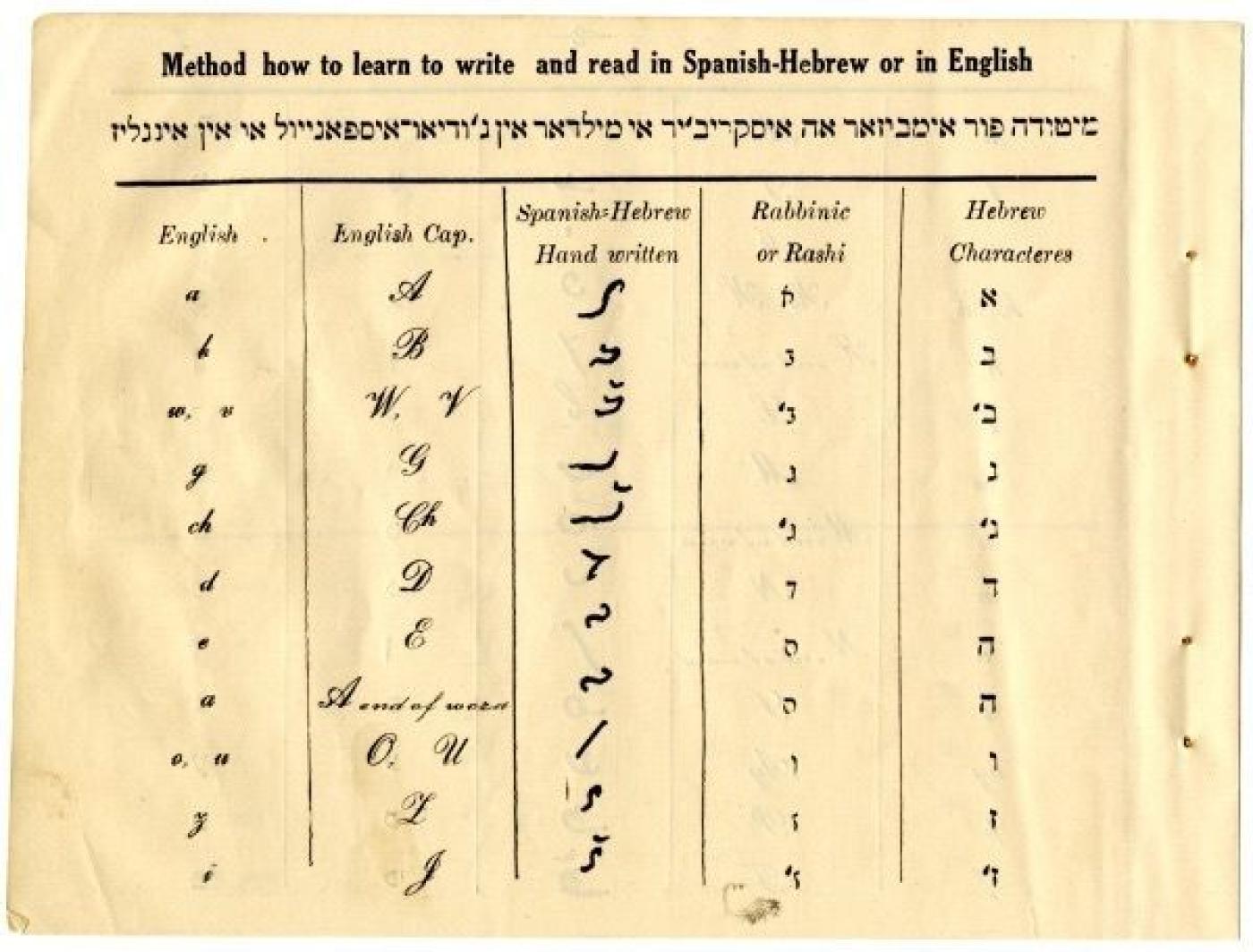
Page from “Livro de Embezar las linguas Ingleza i Yudish,” (ST0007) a guidebook for Sephardic immigrants, with side-by-side comparison of the Sephardic (“Spanish”) Hebrew alphabet (soletreo), standard Hebrew alphabets (rashi and block type), and the Latin alphabet.
Ladino is the language of the Sephardic Jews who originated from the Iberian Peninsula (what is today Spain and Portugal). Ladino is form of Castilian Spanish mixed with a variety of Hebrew elements, along with Aramaic, Arabic, Bulgarian, French, Greek, Italian, and Turkish.
The evolution of the Ladino languge is tied to the migration patterns of the Sephardic Jews. Following their expulsion from Spain in 1492, Sephardic Jews relocated mainly within the Ottoman Empire, including the Mediterranean and Middle East, where the Ladino language developed further and in response to the areas where Jews sought refuge.
For more about the Ladino language, see the Stroum Center for Jewish Studies’ “Learning Ladino: Education, Preservation, and Community Building,”
Courtesy of Ike Azose
